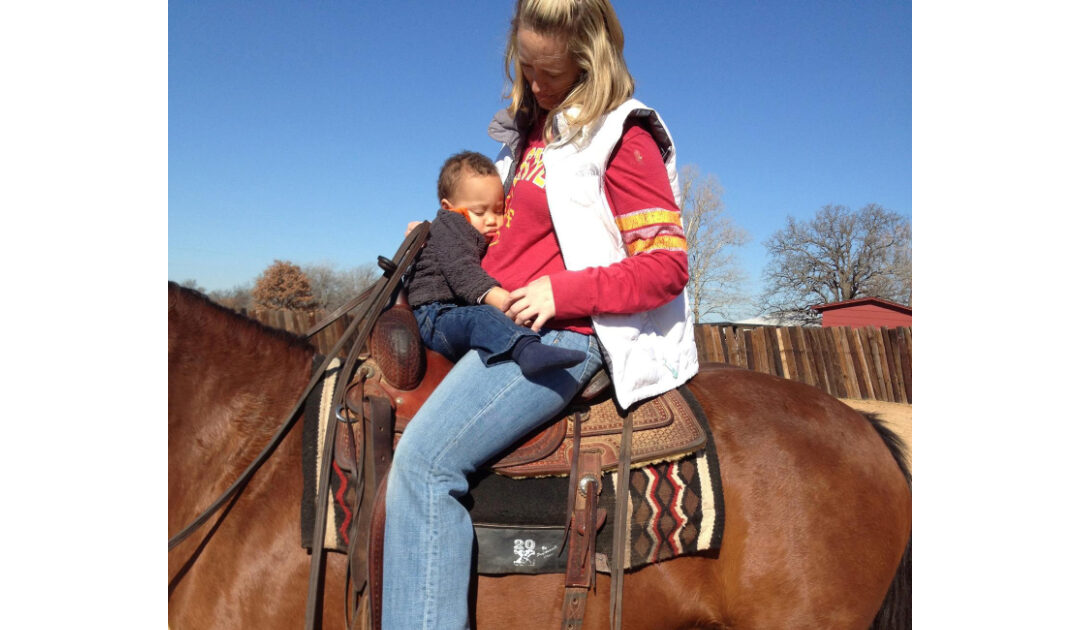By Laura McFarland
The following is an excerpt from the Natural Lifemanship Manual. Our manual is intended to serve as a resource to support students’ learning as they move through our Fundamentals and Intensive trainings. (The suggested citation is at the end of this article).
Connection is truly the way things are. Whether we are talking about the cosmos, biological systems, ecological systems, sociocultural systems, or family systems, we exist in a world of relationships. The health and vitality of each individual is inextricably tied to the health of his or her connections.
As humans and as mammals, we seek safety and comfort in connection with our families, our tribes and our herds. Connections are meant to be protective and nurturing forces in our lives, especially when we are young and dependent on others for our care. We are biologically primed to desire connection and when it is disrupted, to seek its repair.
Our personal and our collective well-being and healing rest on the powerful, transformative, life-giving experience of connection.
To practice Natural Lifemanship (NL) is to engage in a process that puts connection above all else. The process helps humans and equines overcome the internal resistance to connection that we’ve acquired as a result of the hurts, mis-attunements, and traumas we’ve experienced.
We become defended in relationships when we experience them as abusive, neglectful, or objectifying. To the extent that these defenses are fortified, we find it hard to experience the very thing that we need the most. To be open to connection, we need to feel safe – our nervous systems need to tell us we’re safe.
Being a safe connection for others requires presence, receptiveness, and authenticity. It requires our own regulation so that our nervous systems are sources of co-regulation to others. To practice Natural Lifemanship is to strive for this in all of our relationships, and most definitely in our relationships with our clients and our horses.
From the safety of our connection, our clients become free to explore a connection with their horse and the horse is free to explore the same with their client. As the client learns to become a safe and receptive partner for the horse, their own healing comes about. They experience the healing flow of connection, and importantly, they are able to offer and to experience safety and connection in their human relationships, as well.
In Natural Lifemanship’s process of Trauma Informed Equine Assisted Therapy and/or Learning, TI-EAT/L, (understand our terminology), what happens in sessions doesn’t just stay in sessions.
It transfers by design.
How this works and why it is important will become clear in the pages that follow, as you continue to move through training with us, and as you begin to explore and experience it in your actual relationships with humans and horses, both personally and professionally.
At the Natural Lifemanship Institute, our mission is to help people and animals form connected, trusting relationships to overcome toxic stress and trauma, and to work toward a world where connection and the value of healthy relationships is seen and felt in everything we do.
To begin a journey with us is to commit to the healing of self, your clients, your communities, and your horses – the ripple effect if staggering! We would be honored to embark on this journey with you.
Registration for the next Fundamentals of Natural Lifemanship training opens January 12th!
The picture at the top of this blog post was used courtesy of Lisa Kruse and her son LuCasey. Lisa Kruse is an NL Practitioner and LPC who practices in Dallas, Texas.
Copyright © by Natural Lifemanship, LLC. All rights reserved.
SUGGESTED CITATION:
Jobe, T., Shultz-Jobe, B., McFarland, L. & Naylor, K. (2021). Natural Lifemanship’s Trauma Informed Equine Assisted Services. Liberty Hill: Natural Lifemanship.



Recent Comments